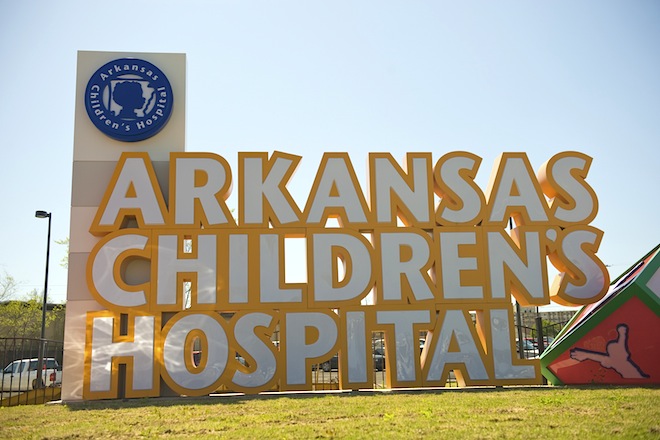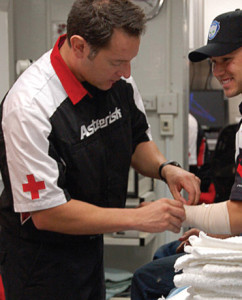
The goal is about health and safety.
And a new objective of the Jaguars, the NFL, Jacksonville University and the Jacksonville Sports Medicine Program is designed to ensure Duval County Public School athletes are healthier and safer soon.
Those entities are working together to provide funding and training needed to place full-time athletic trainers in 17 Duval County public high schools by 2020. The initiative was announced at a news conference Thursday morning in the US Assure Club West lobby inside EverBank Field.
Jaguars President Mark Lamping and Jacksonville Mayor Lenny Curry were among officials speaking at the news conference, as were Jacksonville University President Tim Cost, NFL Senior Manager Health and Policy Amy Jorgenson and Duval County Superintendent of Schools Dr. Nikolai Vitti.
“When we were offered the opportunity from the National Football League to expand the safety net to all sports at the high school level, we could not pass it up,” Lamping said. “It is precisely because Jacksonville is part of the NFL family that we have the opportunity to help bring these great NFL initiatives to Jacksonville.
“The NFL has created this platform for us. Without their leadership and financial commitment, this wouldn’t be happening.”
The Jacksonville Jaguars Foundation has committed to aid the effort by donating $50,000, a commitment matched by the NFL. The total funding needed for the five-year program is approximately $3 million. Duval County Public Schools will fund the majority with the remaining funds generated through private partnerships.
“It’s nice to be a part of this power of collaboration here today,” Curry said. “I was sworn in July 1. There was a lot of stuff that landed on my desk, much of which is still sitting there. This was one of the first things. It asked the city to be a small part of this.
“We were asked to invest a fraction and my immediate answer was yes. It really transcends athletics itself… It was an easy answer to be a part of this.”
Said Lamping, “Football is such a great thing and has such an important place in our hearts here in Jacksonville. One of the reasons this continues to grow year to year is there are so many men and women who have been exposed to the game over the years and realize how important the life skills are that they develop being exposed to the game. One of the keys is making sure the game is played safely.”
Jaguars Head Physician Kevin Kaplan called the program “an amazing step toward the goal of having athletic trainers in all of our local high schools.”
Ribault, Englewood, Raines, Baldwin and Jackson high schools will have full-time trainers this year under the program, with the goal being to have full-time trainers in all Duval County schools by 2020.
“Our message today is significant: safety,” JSMP Executive Director Robert Sefcik said. “This program is certain to become a model of success not only here in Jacksonville but throughout our state and country.”
Lamping said the Jaguars’ involvement in the program was important because of the importance of football to the community – and the importance of safety in the game at all levels.
“Why is it important that the Jaguars be involved? It’s pretty simple,” Lamping said. “We have an obligation to this community. We take a lot out of this community and we have a responsibility to put resources back into the community. The second part is we want the game of football to continue to grow and become even more popular. Part of that is making sure we are supporting the safety aspects of this game – and not just at the NFL level.”
ORIGINAL ARTICLE:
http://www.jaguars.com/news/article-JaguarsNews/Jaguars-NFL-helping-put-full-time-trainers-in-local-high-schools/53bafb58-539f-4299-b504-3e66477bad5a


